Philip Terry in The Guardian:
 Bringing all Heaney’s poems together in one volume, this collection lets us see for the first time all the archaeological layers that make up his oeuvre, from the talismanic Death of a Naturalist (1966) to the visionary long poem Station Island (1984), on to the parables of The Haw Lantern (1987) and the intimacies of The Human Chain (2010), the last volume published during the poet’s lifetime. A key poem in that collection, Chanson d’Aventure, describes his journey to hospital in an ambulance following a stroke: “Strapped on, wheeled out, forklifted, locked / In position for the drive”. The book also makes available at last Heaney’s prose poems, Stations (1975), released in a small press edition by Ulsterman Publications, which Heaney effectively kept under wraps as he felt the publication of Geoffrey Hill’s Mercian Hymns – “a work of complete authority” – had stolen his thunder in this form.
Bringing all Heaney’s poems together in one volume, this collection lets us see for the first time all the archaeological layers that make up his oeuvre, from the talismanic Death of a Naturalist (1966) to the visionary long poem Station Island (1984), on to the parables of The Haw Lantern (1987) and the intimacies of The Human Chain (2010), the last volume published during the poet’s lifetime. A key poem in that collection, Chanson d’Aventure, describes his journey to hospital in an ambulance following a stroke: “Strapped on, wheeled out, forklifted, locked / In position for the drive”. The book also makes available at last Heaney’s prose poems, Stations (1975), released in a small press edition by Ulsterman Publications, which Heaney effectively kept under wraps as he felt the publication of Geoffrey Hill’s Mercian Hymns – “a work of complete authority” – had stolen his thunder in this form.
The editors have taken the admirable decision to leave the published volumes intact, so that their careful ordering, something Heaney learned from Yeats, remains in place. Between each volume they insert all the contemporaneous poems that Heaney published in magazines and in pamphlets, as well as a selection of previously unpublished manuscript poems.
More here.
Enjoying the content on 3QD? Help keep us going by donating now.

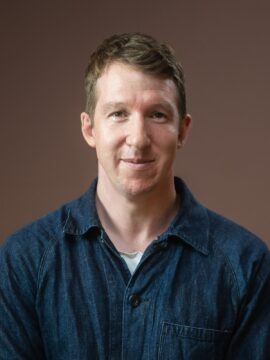 I remember being a child and after the lights turned out I would look around my bedroom and I would see shapes in the darkness and I would become afraid – afraid these shapes were creatures I did not understand that wanted to do me harm. And so I’d turn my light on. And when I turned the light on I would be relieved because the creatures turned out to be a pile of clothes on a chair, or a bookshelf, or a lampshade.
I remember being a child and after the lights turned out I would look around my bedroom and I would see shapes in the darkness and I would become afraid – afraid these shapes were creatures I did not understand that wanted to do me harm. And so I’d turn my light on. And when I turned the light on I would be relieved because the creatures turned out to be a pile of clothes on a chair, or a bookshelf, or a lampshade.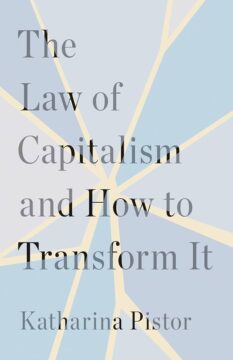 Book Abstract: Capitalism seems unstoppable. Laws and regulations that are meant to contain its excesses can slow its expansion but are unable to contain it. How is it that a system that relies extensively on the law to code assets as capital is so resistant to legal constraints is the big question this book addresses. The answer lies in the fact that capitalist law is Janus-faced: Its private law side empowers non-state actors to use law as a tool to build private wealth and power over others; the public law side seeks to rein in some actions, but it also protects private actors against state interference through constitutional constraints on state power. This is how private actors rule over others with impunity, shift the risk of their actions on society at large and the environment. I conclude that private law needs a reset to ground it in principles of mutual respect and support among private actors rather than exploitation and power.
Book Abstract: Capitalism seems unstoppable. Laws and regulations that are meant to contain its excesses can slow its expansion but are unable to contain it. How is it that a system that relies extensively on the law to code assets as capital is so resistant to legal constraints is the big question this book addresses. The answer lies in the fact that capitalist law is Janus-faced: Its private law side empowers non-state actors to use law as a tool to build private wealth and power over others; the public law side seeks to rein in some actions, but it also protects private actors against state interference through constitutional constraints on state power. This is how private actors rule over others with impunity, shift the risk of their actions on society at large and the environment. I conclude that private law needs a reset to ground it in principles of mutual respect and support among private actors rather than exploitation and power. On 25 November 1915, the American newspaper The Review published the extraordinary case of an 11-year-old boy with prodigious mathematical abilities. Perched on a hill close to a set of railroad tracks, he could memorise all the numbers of the train carriages that sped by at
On 25 November 1915, the American newspaper The Review published the extraordinary case of an 11-year-old boy with prodigious mathematical abilities. Perched on a hill close to a set of railroad tracks, he could memorise all the numbers of the train carriages that sped by at 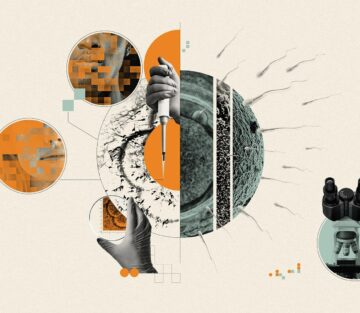 Off a quiet hallway on the top floor of a building at the University of Osaka in Japan, Katsuhiko Hayashi is
Off a quiet hallway on the top floor of a building at the University of Osaka in Japan, Katsuhiko Hayashi is  On a visit to the
On a visit to the  Surging temperatures worldwide have pushed
Surging temperatures worldwide have pushed 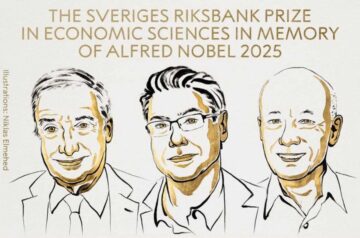 Well, it’s time for my annual Economics Nobel post! If you like, you can also check out my posts for
Well, it’s time for my annual Economics Nobel post! If you like, you can also check out my posts for  The exact moment when Earth will reach its tipping points—moments at which human-induced climate change will trigger irreversible planetary changes—has long been a
The exact moment when Earth will reach its tipping points—moments at which human-induced climate change will trigger irreversible planetary changes—has long been a 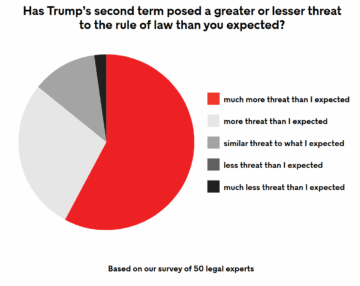 Last year, in the months before the 2024 presidential election,
Last year, in the months before the 2024 presidential election,  On April 28, 2025, at 12:33:24 CET, a blackout encompassed Spain, Portugal, and parts of southwest France, leaving over 50 million people without power. The loss of electricity cost Spain an estimated $1.82 billion in economic output and damages. When the Iberian grid collapsed, people who were going about their day moments before were now
On April 28, 2025, at 12:33:24 CET, a blackout encompassed Spain, Portugal, and parts of southwest France, leaving over 50 million people without power. The loss of electricity cost Spain an estimated $1.82 billion in economic output and damages. When the Iberian grid collapsed, people who were going about their day moments before were now 
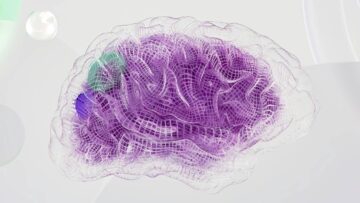 Despite their usefulness, large language models still have a reliability problem. A new study shows that
Despite their usefulness, large language models still have a reliability problem. A new study shows that  The mission with cancer therapy is clear: eradicate as many tumour cells as possible. Traditional chemotherapy remains a mainstay, where patients are dosed with potent compounds that disrupt essential cellular functions, preventing tumour cells from proliferating and ultimately forcing them to self-destruct. However, new findings
The mission with cancer therapy is clear: eradicate as many tumour cells as possible. Traditional chemotherapy remains a mainstay, where patients are dosed with potent compounds that disrupt essential cellular functions, preventing tumour cells from proliferating and ultimately forcing them to self-destruct. However, new findings